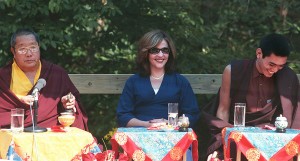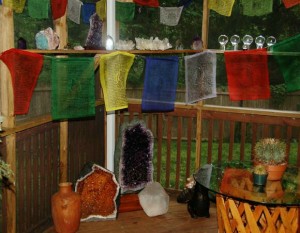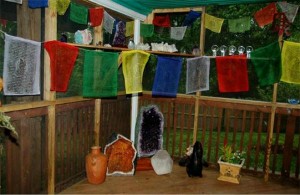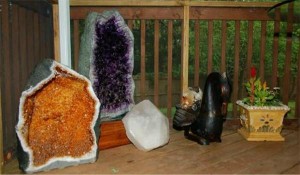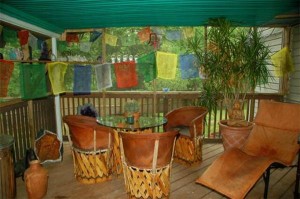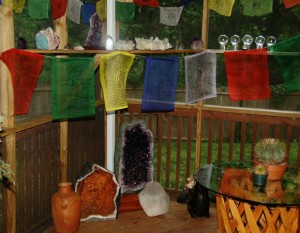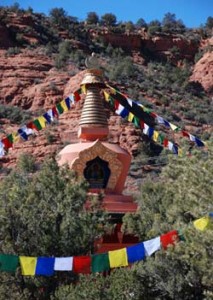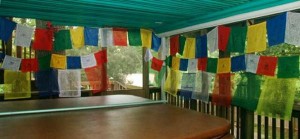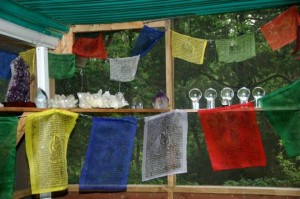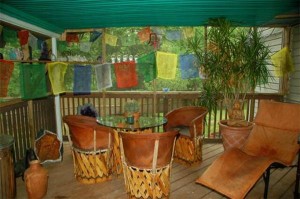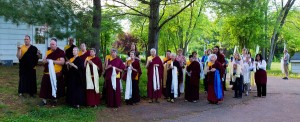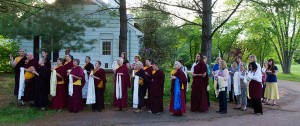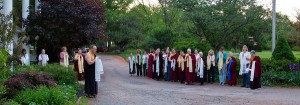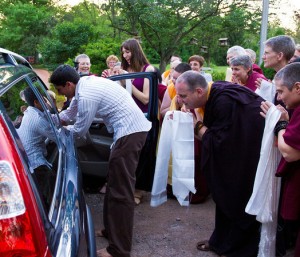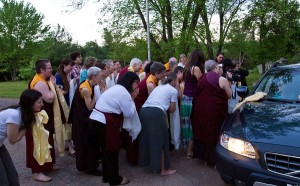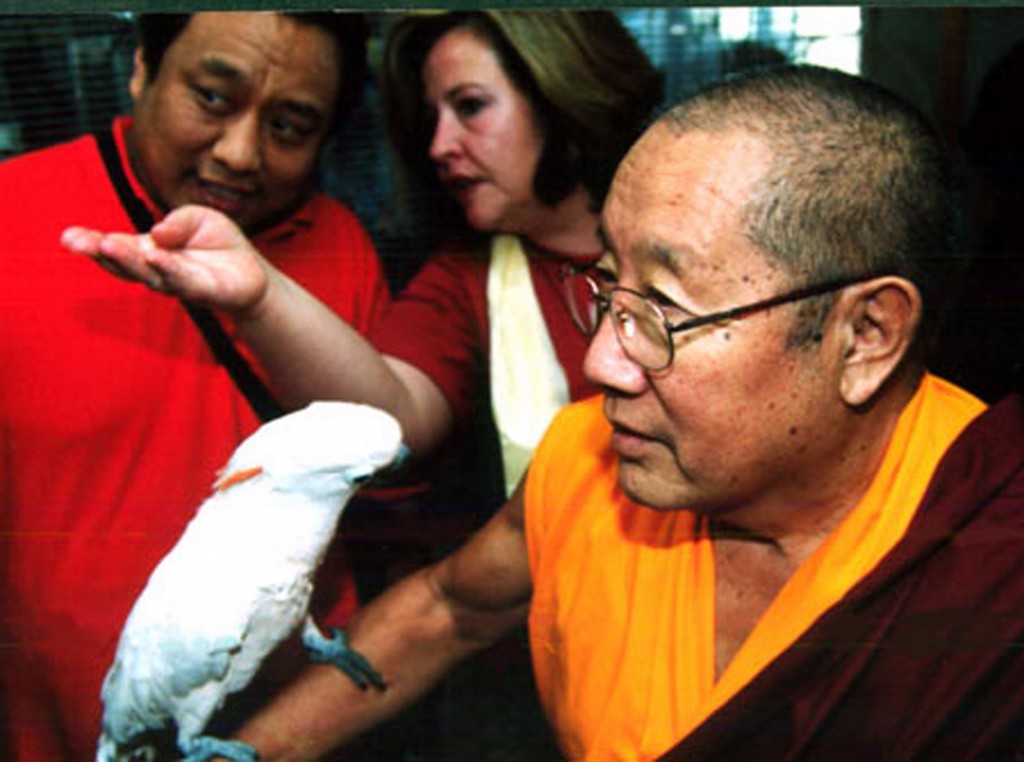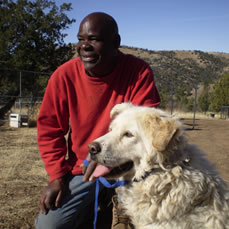
The following is a story contributed by Ani Kunzang Drolma, former director of Tara’s Babies Animal Rescue and student of Jetsunma Ahkon Lhamo:
A dog called Tibet
One of the 130 or so animals rescued by Tara’s Babies Animal Welfare following Hurricane Katrina was a mature, majestic cuddly-looking dog; with a white, long fluffy coat, and big chocolate eyes, much like a golden retriever, he seemed the sort of dog you wanted to cuddle up with on the couch How deceptive appearances can be.
Not long after arrival, while the all-volunteer staff was still working out routines and getting to know each dog, Tibet attacked a woman as she went to remove his food bowl. Until that moment he had seemed friendly, and of course his looks had fooled us, so this attack was totally unexpected. But it was vicious, and the wounds needed medical treatment.
Naturally, we wanted to ensure that no-one else was injured, so Tibet was moved to an area slightly apart from the other dogs, in a large yard on his own. Only trained volunteers were allowed to work with him. Unfortunately, a new volunteer ignored this, being charmed by his wagging tail and sweet looks, and tried to walk him on her own. Again he attacked, and the volunteer spent several days in hospital.
The challenge with Tibet was the unpredictable and sudden change in his behavior. He could for the most part be walked and cared for with no problems; he was happy, and wagged his tail and could be petted – yet the uncertainty always remained as to what may trigger another vicious attack. In addition, the local County has a ‘three strikes and you’re out’ law, meaning that if Tibet bit another person he would be euthanized. No-one at Tara’s Babies wanted that to happen.
As with many of the Katrina rescues, Tibet had never been neutered. The decision was made to perform that surgery and also remove his canine teeth. One of the cabin rooms was transformed into a surgery so that Dr Pema Mallu, Tara’s Babies excellent vet, could operate. Jetsunma Ahkon Lhamo, whose compassionate response to the suffering of animals following Katrina led to the foundation of Tara’s Babies, was on retreat at Dakini Valley at this time. As with every single animal we rescued, Jetsunma was personally concerned about Tibet’s welfare and the suffering he had been through. Jetsunma wishes every dog to know they are loved and safe, and so she wanted to be with Tibet at this time. She was present in the room as the surgery occurred, saying prayers for him.
We had created a post-op recovery space by setting up an old donated camper trailer with a small yard for him. While still sedated, Tibet was carried out and placed on a comfortable bed in his new trailer home. Jetsunma asked to remain alone with Tibet, to be there with him as he awoke.. I was privileged to sit outside, close enough to be able to help if something went wrong. Hearing Jetsunma gently repeat the Tara mantra, “Om Tare Tutare Ture SoHa” over and over again was a blessing not only for Tibet, but for all of us privileged to be part of this process of transformation. As he came to, Jetsunma continued to softly and tenderly speak to him, encouraging him, offering him love. She gently fed him by hand with bits of her own sandwich, and lightly dribbled water in his mouth, which he then drank thirstily. As is always the case, Jetsunma was willing to do whatever she could to help Tibet learn a new way of being in the world.
Jetsunma was alone with Tibet in that small, old trailer for several hours, introducing him to his new life, where people offer love deeply from the heart, and there is no reason for fear or aggression. Following this miracle of love, Jetsunma requested that only a few people, with calm stable energy, work with him. She suggested that I be one of those people. I was admittedly very nervous the first time I took Tibet out post-op. At that time I was scared of being bitten, something that over the years at Tara’s Babies diminished as I better understood the nature of fear in myself and others, and how best to respond to dogs. But on that first walk, what kept me going, was the knowledge that Jetsunma had worked with Tibet in ways I did not understand, and that if she had confidence that I could do this, I too should have that confidence to follow in her footsteps.
Tibet did indeed change, although from then on only a couple of us worked with him and we were always mindful of his past. A few years later, when he passed away peacefully in his igloo one night, from congestive heart failure, having come to us with severe heart worm and an already damaged body, our tears were genuine. We loved Tibet deeply, for he was a dog who deserved love and affection, like every being, despite his instability and fear. His absence brought much sorrow to us all; he had been a vibrant fixture in our lives, and a great teacher of being mindful. Tibet taught us many things – about appearances and assumptions, about our own and others’ fears, but mostly, through Jetsnma’s blessings, never to give up on anyone, for the potential to change, the seed of compassion and love, is within us all.
Ani Kunzang Drolma
Former Director TBAW
7 May 2012

